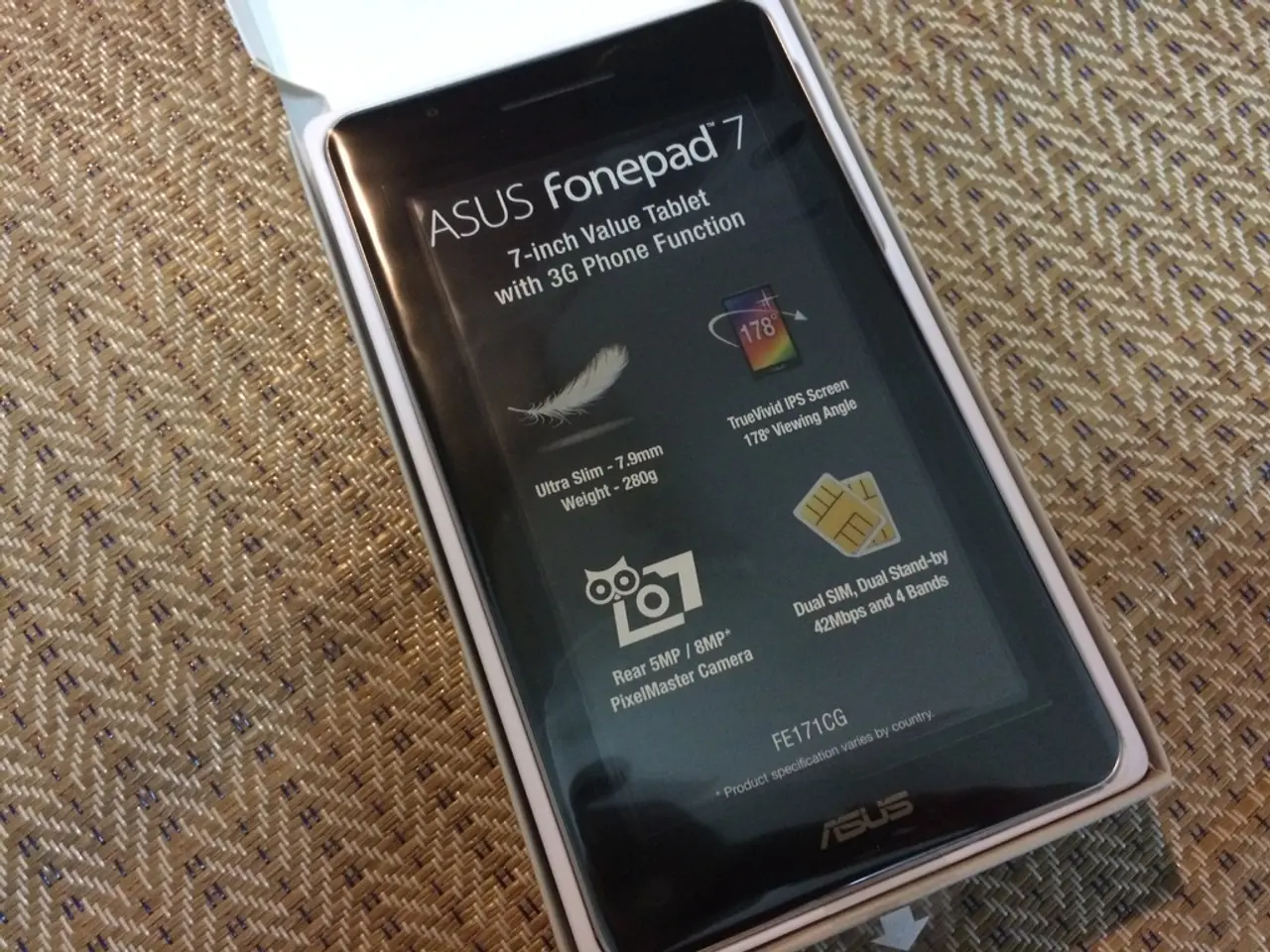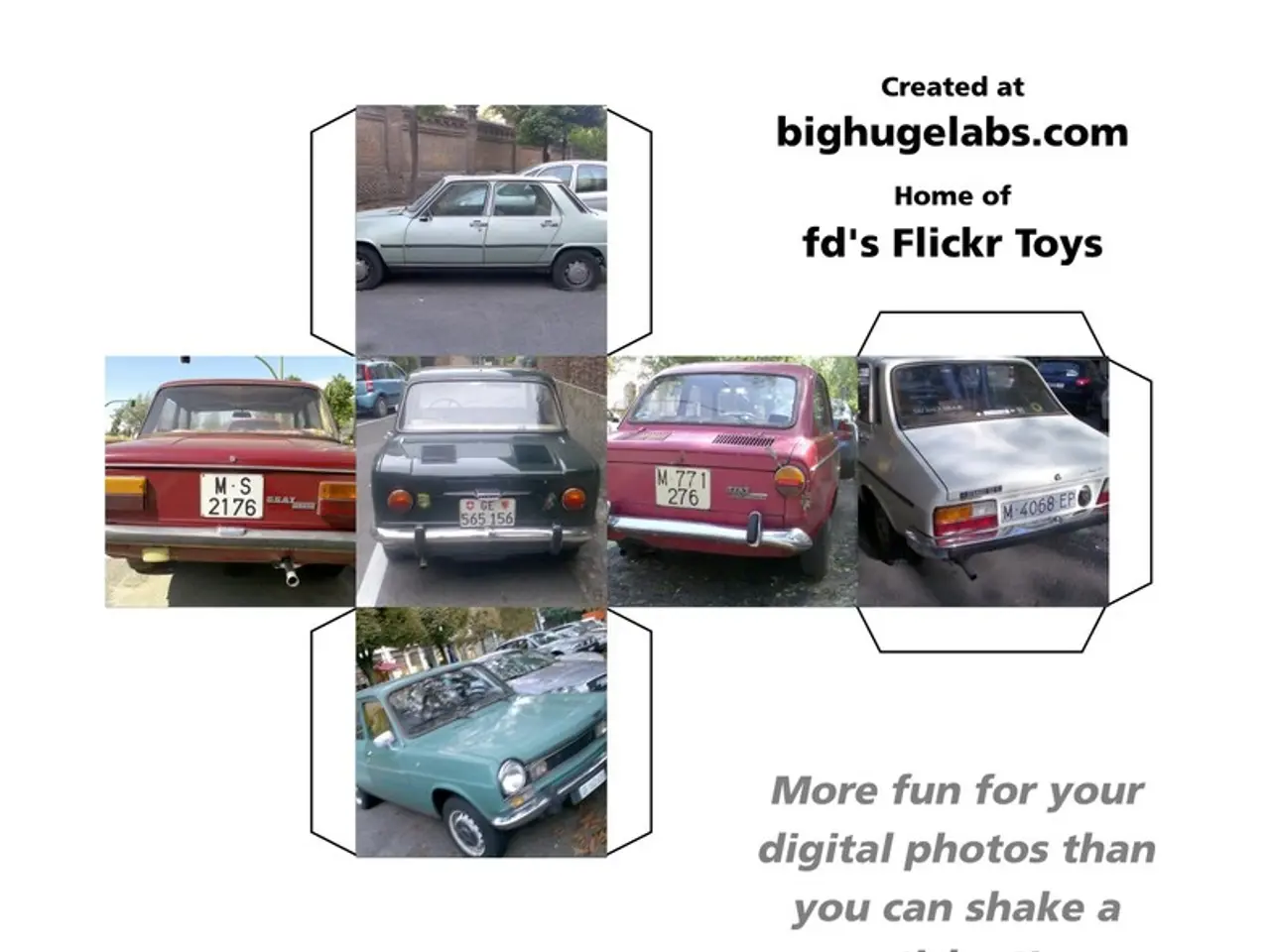What's the Price for Crafting an Internet of Things (IoT) Application?
In the realm of technology, Internet of Things (IoT) solutions are becoming increasingly prevalent. These systems, which enable devices to communicate seamlessly with the cloud and with each other, are the backbone of many modern applications. However, the cost of developing an IoT application can vary significantly, depending on its complexity and the industry it serves.
Cost Breakdown for IoT Application Development
The development time for an IoT app depends heavily on the project's scope and complexity. A basic IoT application might take 1-3 months to develop, while complex solutions can take 6-12 months or longer. The cost of developing an IoT application can range from $45,000 for a simple app to $500,000+ for a complex enterprise platform.
Core components of IoT app development include software, cloud services, and connectivity. Software development often accounts for 40-50% of the total costs. Cloud services and IoT data analytics are included in the software development budget, starting at $50,000. The cost of UI/UX design can range from $12,500 to $37,500 for professional design work.
The cost of development and integration can range from $37,500 to $125,000 for basic application development. For more complex enterprise-grade platforms, costs can escalate significantly due to custom firmware, extensive backend and frontend development, and integration with legacy systems or other enterprise software.
Factors Affecting IoT App Development Cost
Several factors influence the cost of IoT app development. These include the number of connected devices, feature set, development phases, and the technology stack chosen. For instance, using open-source tools can significantly reduce coding and overall development costs.
In addition, the development team's expertise, size, and geographic location can affect costs. Strategic outsourcing can provide opportunities for cost savings due to lower hourly rates in certain regions. Adherence to regulatory and certification requirements can introduce mandatory costs, particularly for industries handling sensitive data.
Hidden Costs in IoT App Development
While the initial development costs may seem manageable, hidden costs can quickly add up. These can include downtime, data breaches, scope creep, vendor lock-in, opportunity costs, training costs, and obsolescence. Agile development practices can help avoid costly rework and minimize operational disruptions, potentially saving significant amounts in downtime costs.
The Future of IoT Market
Despite the challenges, the IoT market continues to grow. The global IoT market was valued at $595.73 billion in 2023 and is projected to reach $4 trillion by 2032. North America held a 32.81% market share in 2023.
Large-scale, feature-rich IoT platforms also fall within a similarly high investment bracket. For example, the average cost range for developing a complex enterprise-class IoT platform typically starts around $200,000 and can go significantly higher depending on complexity, custom hardware/firmware, integration needs, and scalability requirements.
Strategies for Cost Optimization
To control costs, strategies such as building from a Minimum Viable Product (MVP), using open-source tools, strategic outsourcing, and agile development practices can be employed. Building an IoT app from an MVP can lower initial investment and enable iterative development and focused resource allocation for subsequent feature rollouts.
In the case of smart city IoT apps, costs can be astronomical, with large-scale projects costing anywhere from $30 million to $40 billion. However, global spending on smart city IoT is projected to reach $200 billion by 2025, suggesting that despite the high costs, the potential benefits are significant.
In conclusion, while the cost of developing an IoT application can be substantial, the benefits can outweigh the costs. By understanding the factors that influence costs and employing strategies for cost optimization, businesses can develop efficient and effective IoT solutions.
Custom software development for an IoT application can account for 40-50% of the total costs, including cloud services and IoT data analytics, which start at $50,000. The future of IoT market presents opportunities for high investment, with the global market projected to reach $4 trillion by 2032, necessitating strategies for cost optimization such as building from a Minimum Viable Product (MVP) and using open-source tools.




